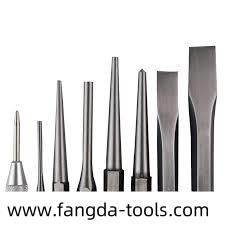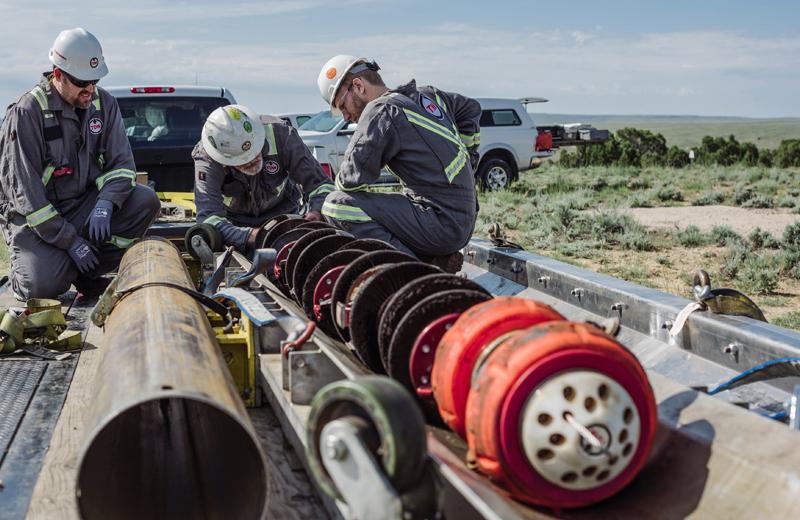Centrifugal Compressors: Powering the Future of Industrial Efficiency

Introduction
The Centrifugal Compressors Market is expanding as industries increasingly adopt high-efficiency compression systems for air and gas handling across manufacturing, oil & gas, power generation, HVAC, chemical processing, and wastewater treatment. Centrifugal compressors use dynamic compression through a rotating impeller to accelerate gas and convert velocity into pressure. Known for their continuous, oil-free operation, high flow capacity, and low maintenance compared to positive displacement compressors, they are preferred in large industrial applications requiring steady, reliable airflow. With rising industrial automation, energy-efficiency mandates, and growth in gas-based power and petrochemical operations, the market is witnessing strong demand. Technological advancements—such as variable speed drives, integrated control systems, and advanced aerodynamic designs—are further enhancing performance and reducing lifecycle costs. As industries prioritize operational efficiency and sustainability, centrifugal compressors continue to play a vital role in both legacy and modern industrial infrastructures.
Market Drivers
Increasing industrialization and expansion of manufacturing facilities worldwide are major drivers for centrifugal compressor adoption. Growth in oil & gas exploration, LNG transportation, and gas processing plants boosts demand for high-capacity and energy-efficient compressors. The shift toward gas-based power generation and rising investments in combined-cycle power plants support market growth. Demand for compressed air in automotive, food & beverage, pharmaceuticals, mining, and semiconductor manufacturing fuels adoption. Energy-efficiency regulations and the need to reduce operational costs encourage industries to upgrade to high-performance centrifugal systems. The trend toward automation and smart industrial equipment further accelerates the integration of digitally controlled compressors. Additionally, clean and oil-free compression requirements for food, pharma, and electronics industries increase demand for advanced centrifugal solutions.
Market Challenges
High initial installation cost is a key barrier, especially for small and mid-sized industries with limited capital budgets. Centrifugal compressors require skilled personnel for installation, tuning, and maintenance, which may be scarce in developing regions. Performance may become less efficient under fluctuating load conditions compared to certain displacement compressors, unless advanced controls are implemented. Downtime due to complex repair needs can impact continuous production. Volatility in oil & gas markets influences demand cycles for compressors used in exploration and refining. Integration challenges may arise when upgrading legacy plants with modern automation-based centrifugal systems. Supply chain disruptions affecting steel, alloy, and precision components may impact production timelines and pricing.
Market Opportunities
Technological innovation offers strong opportunities for growth. Integration of IoT-enabled monitoring, predictive maintenance, and smart diagnostics can boost reliability and reduce downtime. Development of energy-efficient compressor stages, advanced impeller designs, and magnetic bearing technology can enhance performance. Growing investments in hydrogen production, carbon capture, and clean-energy transition create new demand for compressors used in gas transport and processing. Modular and packaged centrifugal systems for mid-scale industries present an emerging opportunity. Retrofitting services and compressor upgrades to improve efficiency or automate legacy systems create aftermarket revenue. Expanding industrialization in emerging markets such as India, Southeast Asia, and Africa provides growth potential for mid- and high-capacity compressors.
Regional Insights
Asia-Pacific leads the market due to rapid industrial growth in China, India, Japan, and South Korea. Strong manufacturing, petrochemical expansion, and infrastructure investments drive compressor adoption. North America remains a strong market driven by oil & gas exploration, LNG exports, and advanced industrial facilities. The United States shows significant adoption across energy, HVAC, and industrial sectors. Europe’s demand is supported by energy-efficiency goals, modernization of industrial facilities, and strong presence of manufacturing and process industries in Germany, the UK, France, and Italy. The Middle East shows high demand from oil & gas, petrochemicals, and desalination facilities in Saudi Arabia, UAE, and Qatar. Latin America and Africa are emerging markets with growing industrialization, mining, and energy sector development.
Future Outlook
The Centrifugal Compressors Market will evolve with digitalization, energy efficiency, and sustainability at its core. Smart compressors integrated with AI-driven performance optimization and real-time monitoring will become standard in modern plants. Carbon reduction initiatives and cleaner energy transitions will increase adoption of compressors in hydrogen, biomethane, and renewable gas applications. Magnetic bearings, advanced aerodynamics, and variable-speed systems will improve efficiency and reduce maintenance needs. Modular plug-and-play compressor packages will gain traction for mid-sized industries and quick-deployment projects. Over the next decade, centrifugal compressors will transform into intelligent, energy-optimized systems aligned with Industry 4.0 and net-zero industrial goals.
Conclusion
The Centrifugal Compressors Market is expanding as industries prioritize energy efficiency, automation, and sustainable operations. While high upfront costs and maintenance complexity pose challenges, digitalization, advanced aerodynamic designs, and growth in gas-based industries are driving strong adoption. As global industries modernize and clean energy initiatives accelerate, centrifugal compressors will continue playing a critical role in powering industrial operations. Manufacturers that invest in smart technologies, efficient designs, and modular solutions will remain competitive in the evolving industrial landscape.



